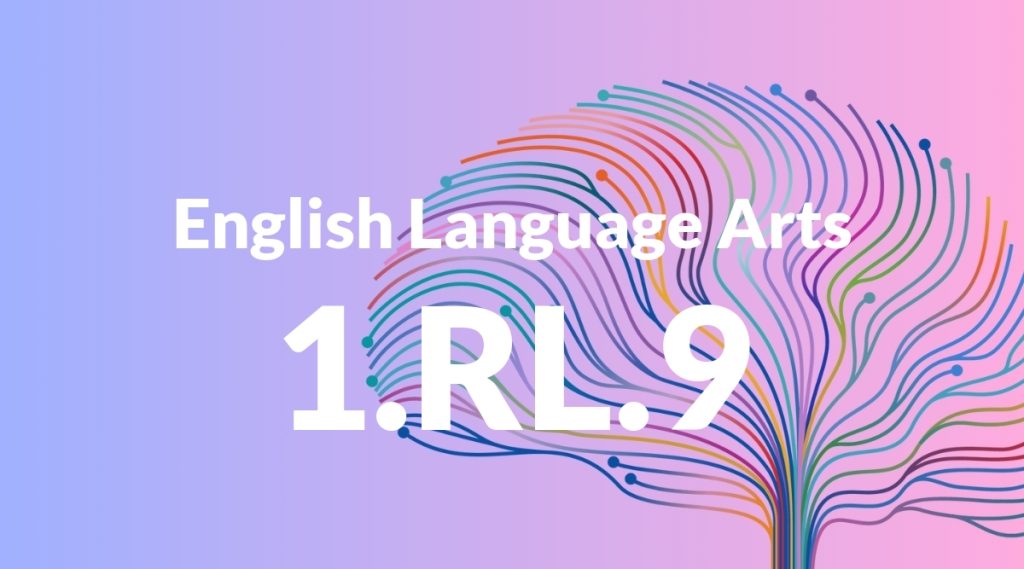Standard: 1.RL.9 – Compare and contrast the adventures and experiences of characters in stories.
Grade level: Grade 1
Subject: English Language Arts
Domain: Reading: Literature
Teacher Overview
This standard focuses on helping students compare and contrast the adventures and experiences of characters in stories. It is important because it builds critical thinking skills and helps students understand character development and narrative structure. Ensure students can identify characters, settings, and main events in a story. They should also be able to describe what happens to characters in the beginning, middle, and end of a story.
After mastering this standard, students will be able to analyze more complex characters, understand themes in literature, and make connections between different texts.
Common Misconception 1
Some students may think that comparing characters means only finding similarities. This misconception arises because they might not fully understand the concept of ‘contrast’ or may focus only on what is the same.
Intervention 1
Use graphic organizers like Venn diagrams to visually show students how to find both similarities and differences between characters.
Common Misconception 2
Another common misconception is that all characters in different stories have the same experiences. This can occur if students do not recognize the unique challenges and adventures each character faces.
Intervention 2
Expose students to a variety of stories and explicitly discuss the different challenges and adventures characters face. Encourage students to think about how these experiences shape the characters.
Prerequisite Knowledge
Students should have a basic understanding of story elements such as characters, setting, and plot. They should also be able to identify and describe the main events in a story.
Subsequent Knowledge
Students will develop the ability to analyze more complex characters and their motivations, understand themes in literature, and make connections between different texts.
Instructional Activities
- Read two different stories and create a Venn diagram to compare and contrast the characters.
- Have students write a short paragraph describing the adventures of two characters from different stories.
- Use puppets or role-playing to act out scenes from different stories and discuss the characters’ experiences.
- Create a class chart that lists the adventures and experiences of characters from various stories read throughout the year.




